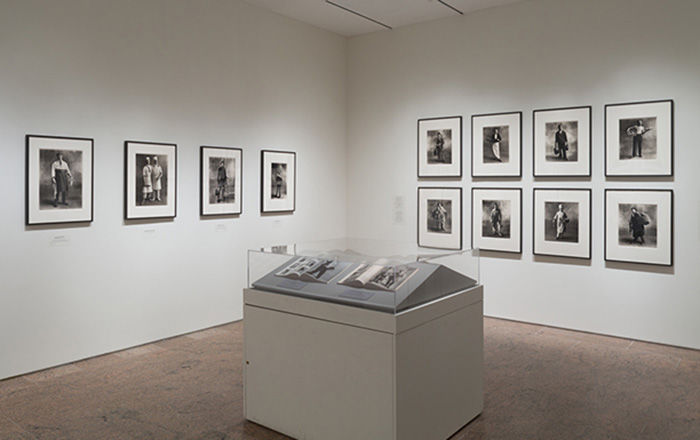Scanno
Mario Giacomelli Italian
Not on view
When Mario Giacomelli travelled to the small, central Italian town of Scanno in 1957, he stayed only for one day. He reportedly did not enjoy himself, complaining to friends of its hectic pace. But the town, with its spare, starkly-lit medieval streets, would come to shape his compositional sensibility. “Scanno seemed like a fairytale place to me, bathed in sunshine and inhabited by small black figures,” he later recalled. “I deliberately tried to burn the details to eliminate anything that smacked of documentary photography, in the hope of finding something more poetic.” Giacomelli returned to the town in 1959, and this work is one from a series of photographs made in the course of his two trips. Absent of local color, this view resists the illustrative impulse of photographers like Henri Cartier-Bresson, who had made his own photographs of Scanno just a few years earlier. Instead, Giacomelli invests his subjects with cinematic gravitas, emulating the style of the neorealist filmmakers who first inspired his photographic practice. Here, high contrast and extreme perspective highlight the haggard faces of aging townspeople, gesturing to a universal condition of postwar Italian privation.
